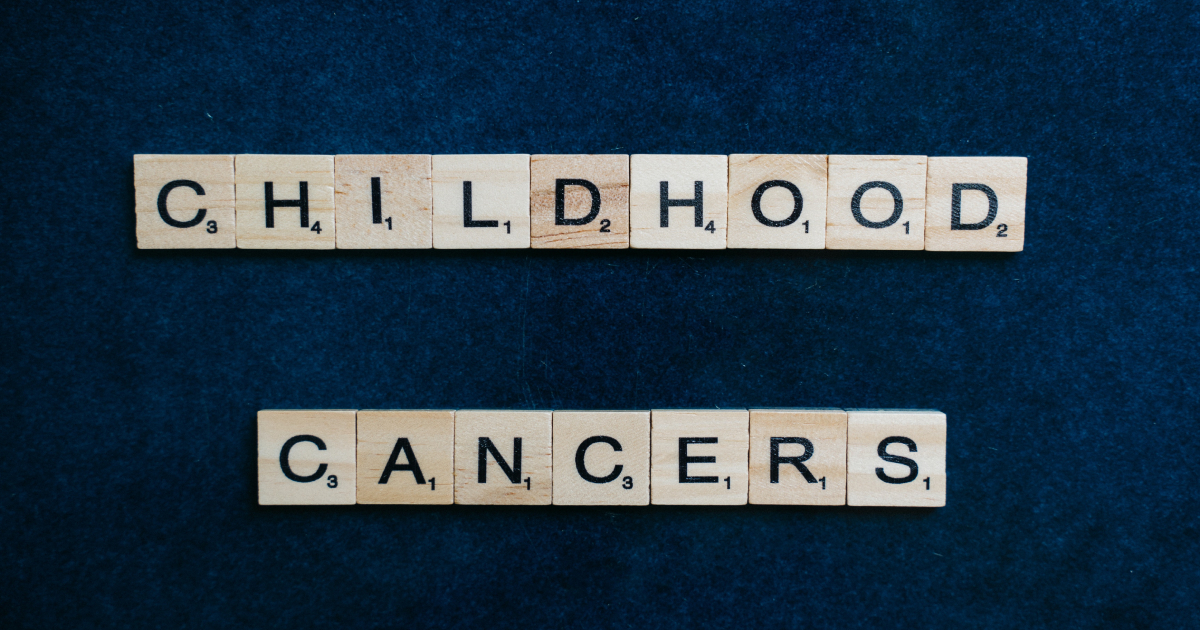Research into relapse risk in childhood brain cancer could save lives
21 October 2022 | By: Newcastle University | 2 min read
Scientists led by Newcastle University can identify if a child receiving treatment for brain cancer is at risk of relapsing – and their research could save lives.
Around 30% of children with medulloblastoma – the most common malignant brain tumour in children – will relapse following treatment, and this can be fatal.
But research to establish the risk of relapse following treatment, as well as the time, nature and outcome of relapse, now means doctors can fine-tune treatment for children based on their individual risk factors, leading to better clinical outcomes.
What is medulloblastoma?
Brain tumours are the most common childhood cancers after leukaemia, and medulloblastoma is the most common high grade (malignant) brain tumour.
Fast growing, it develops towards the back of the brain, in or near the cerebellum which helps co-ordinate movement and balance, as well as playing a role in cognitive functions such as language and attention. The disease can spread, both to other areas of the brain and the spinal cord.
Medulloblastoma is most commonly diagnosed in infants and children and is slightly more common in boys than girls. For most cases, it’s not known what causes the disease and, because childhood cancers are rare, risk factors are not well understood.
Symptoms can be related to the tumour itself, or to the build-up of pressure within the brain. They include:
- headaches
- feeling or being sick
- double vision
- problems with balance and movement
- behavioural changes
Around 70 children are diagnosed with the cancer each year in the UK, with treatment involving a combination of surgery, chemotherapy and radiotherapy. But not all medulloblastomas are the same and disease subgroups respond to treatment differently.
What have scientists discovered?
Scientists led by Director of Newcastle University Centre for Cancer, Professor Steven Clifford, initially identified biological subgroups and genetic defects within the disease that now allow doctors to adapt treatment to suit individual children.
Those found to have the most serious form of the disease can be targeted with more intensive chemotherapy; low-risk patients can receive kinder treatments aimed at reducing toxicity and side effects. These findings form the basis of medulloblastoma trials and treatments around the globe.
Now, this advance in personalising treatment has been followed by further research to identify children most at risk of continuing problems with medulloblastoma.
By identifying particular types of relapse in certain groups of patients, scientists found that different groups relapsed at different times and with different patterns of spread throughout the body.
These findings mean it’s now possible to predict the course of the disease following a relapse, helping doctors to better understand an individual child’s disease, tailor subsequent treatment and improve quality of life.
How did they do it?
Scientists wanted to establish if there was a link between the clinical and molecular characteristics of medulloblastoma at the point it was diagnosed, with when a patient relapsed, and the subsequent course their disease took after relapse.
To do this, they studied 230 patients from 16 UK Children's Cancer and Leukaemia Group institutions and four collaborating centres who had relapsed, examining:
- time to relapse
- pattern of relapse
- time from relapse to death
- overall outcome
Their findings showed that the nature and outcome of medulloblastoma relapse are biology and therapy-dependent.
Professor Clifford said: ‘Our study allowed us to undertake biology-directed disease surveillance after initial treatment, in other words to gather and analyse a large amount of data on patients’ tumours, looking out for particular types of relapse in particular groups of patients.
‘This revealed that some patient biological groups relapse later and therefore need to be monitored longer as it is not a one-size-fits-all approach to tackling this kind of brain tumour.
‘Our research is a very exciting development for the treatment of medulloblastoma patients and it will help improve clinical outcomes.’
Cancer research at Newcastle University
For almost 40 years Newcastle has been involved in ground-breaking cancer research, from work on childhood cancers and developing novel anti-cancer therapies, to helping drive the discovery, development and testing of new treatments to combat the disease.
In 2009, it was awarded Cancer Research UK Centre status – one of only 15 centres nationally to be recognised for their world-leading research.
In 2019, the multi-disciplinary Newcastle University Centre for Cancer opened, bringing together all cancer and cancer-related researchers from across the University’s three Faculties.
The centre is now home to more than 100 principal investigators and their teams who work to take new scientific discoveries from the lab bench to the hospital bedside, helping treat people affected by cancer.
Reference: Time, pattern, and outcome of medulloblastoma relapse and their association with tumour biology at diagnosis and therapy: a multicentre cohort study. Rebecca M Hill et al. The Lancet & Adolescent Health. DOI: 10.1016/ S2352-4642(20)30246-7
Work by Professor Clifford and his team is central to striving for the best possible treatment for every child with medulloblastoma, advancing childhood neuro-oncology research and international clinical trials. Find out more about the great work our academics are doing when you sign up to receive the latest research stories directly to your inbox.
2022 marks 40 years of Newcastle University's fight for people with cancer. Find out what we've achieved and help us save more lives.
